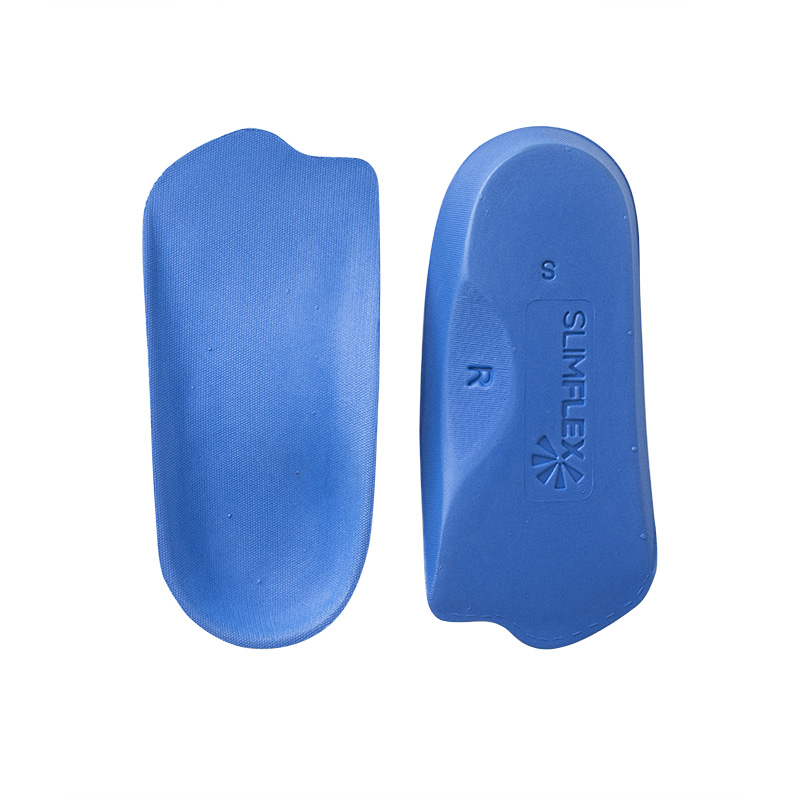

Each has their advantages, and the material you choose is largely based on preference. Material: The four most common materials from which insoles are made are foam, gel, cork, and leather.We discuss the different footbed types in more detail here. The type of footbed that you need will be heavily dependent on why you are looking for an insole, and you should be sure that you browse products with a footbed type that will suit your needs. Insole Footbed Type: In general, insoles and orthotic arch supports have one of four different footbed constructions: 1) a rigid orthotic arch support is extremely firm and does not bend, 2) a semi-rigid orthotic arch support is moderately firm and allows for some flex, but not a lot, 3) a cushioned arch support has an arch support that is all cushioning without a rigid support plate, and 4) a flat cushion insole has no support whatsoever.
SIZEUP INSOLES HOW TO
Wearing an insole that is not designed for your arch type will likely be painful! For a video tutorial of how to determine your foot arch type, click here. When browsing insoles, you should first identify what your foot arch type is (more on that below), and only browse insoles that are designed to work with that foot arch type. Similarly, every insole is designed to work with one or more of these foot arch types. Your Foot Arch Type: The arch of one's foot usually conforms to one of three different arch types: 1) neutral or medium arches, 2) low arches, flat feet, or fallen arches, and 3) high arches.If you purchase an insert piece, you will place this insert either on top or below your existing shoe insole, depending on the specific item purchased (inserts come with instructions for proper placement). 3/4-length insoles are meant to be worn along with your existing shoe insole. If you purchase a 3/4-length insole, you will place this insole on top of your existing shoe insole. Almost all full-length insoles are meant to completely replace the insole you are currently wearing only very thin and flat full-length insoles can be comfortably worn in addition to your existing insoles. Insole Placement: If you purchase a full-length insole, you will most likely need to remove the existing insole from your shoe before placing your new one.If you are between sizes (you wear a size 9.5 when the insoles are sized "8-9" and "10-11"), you should generally buy the next size up. For 3/4-length insoles and other insert pieces (such as ball-of-foot cushions or heel pads), the size range on the product denotes the footwear sizes in which the insoles/inserts can be comfortably used 3/4-length insoles and inserts are usually not designed to be trimmed in any way. For most full-length insoles, this is because the insoles are designed to be trimmed before use (these are called "trim-to-fit" insoles) the insole is manufactured to be used in a range of shoe sizes, and the consumer is expected to trim off any unneeded length from the end of the insole when placing the insole into their footwear.

For example, "Men's 9-11" (each manufacturer uses different sizing). Insole Sizing: The sizing for an insole is usually denoted as a shoe size range.There are a few things that you should keep in mind when buying a new insole or orthotic arch support: The BIFL Sidebar Request Series.Top Things to Keep in Mind When Buying a New Insole
SIZEUP INSOLES MODS
The mods are somewhat flexible with the rules as long as the OP explains in the comments.


 0 kommentar(er)
0 kommentar(er)
